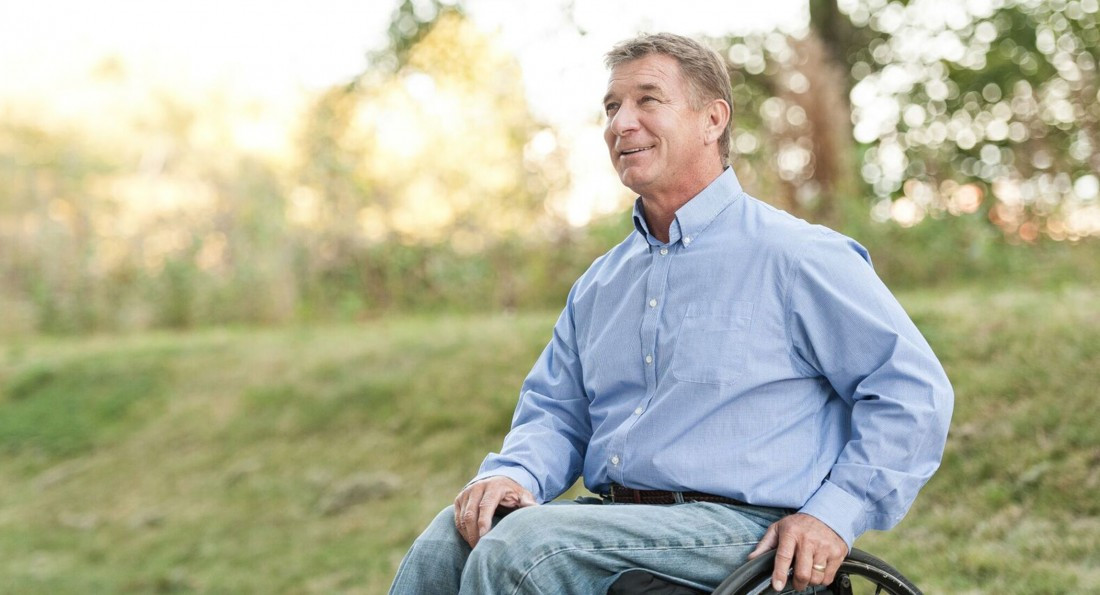Staying engaged after WE Day
Effects of the event are wide-ranging for past attendees
WE Day is an event that fills the MTS Centre each year, promoting youth engagement in social justice issues. But with such a large crowd, what impact does the message make?
“I think the most inspiring part was the environment. There were so many people who were interested in being change-makers in one place,” Julia Kraemer, two-time attendee of the event, says. “I think I came to understand the power of one at WE Day. The notion that it takes one person, or one question or one dollar to make an impact. ”
Kraemer attended WE Day in high school in 2011 and was invited by a sponsor to attend again in 2013. She says the experience felt exciting, but what she learned was a bit lackluster.
“I don’t think it taught me anything that I didn’t already know,” Kraemer says. “My parents taught me the value of my privilege and the necessity of giving back.”
Though WE Day is a good tool for schools, Kraemer says the draw of the event sometimes lies more in the novelty of the famous band or speaker than learning how to make the world a better place.
“Most kids’ favourite part was seeing Hedley perform, not hearing Spencer West speak,” Kraemer says. “It is something that is over once you leave the MTS Centre unless you internalize and make an issue your passion.”
For Mitchell Van Ineveld, a local grassroots activist, WE Day’s performers were not the only thing that resonated with him.
“A group that I got involved in through WE Day was my first experience with any sort of quasi-grassroots organizing,” Van Ineveld says. “It was definitely the catalyst for a lot of the social justice work that is now one of the main focuses of my life.”
Van Ineveld attended as a youth through a group at his high school called Me to We, an organization paired with WE Day, and his involvement with Free the Children, a worldwide charity fund now known as WE Charity. Despite this, he says WE Day and WE Charity offer a framework of social justice that can be restricting and eliminates opportunities for growth.
“(They) subscribe to an extremely top-down model of organizing. I have several problems with this,” Van Ineveld says. “The first is that (the) campaign packages were far too prescriptive. They laid out exactly how to do each campaign. (The) second is that I generally take issue with any group that exists only to raise money.”
Van Ineveld says the lack of autonomy was dampening to the impact that the campaigns could have made, adding that the campaigns only scratch the surface of issues at hand.
“I think WE Day, with all its flashiness, high energy and star power, is a good starting place for young people,” Van Ineveld says. Despite this, he believes the value of the event lies in the initial engagement and opportunities for growth afterwards.
“Ultimately, I think it is mainly useful as a jumping-off point to truly grassroots, non-corporate organizing.”
Published in Volume 71, Number 11 of The Uniter (November 17, 2016)







